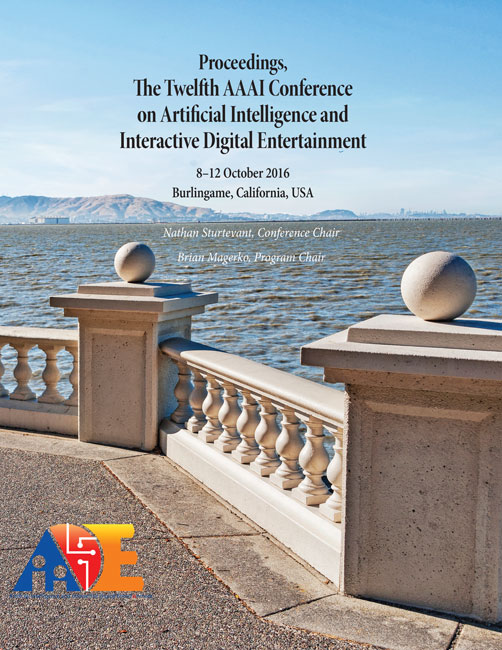A Generalized Multidimensional Evaluation Framework for Player Goal Recognition
DOI:
https://doi.org/10.1609/aiide.v12i1.12880Keywords:
Goal Recognition, Intent Recognition, Player Modeling, Digital GamesAbstract
Recent years have seen a growing interest in player modeling, which supports the creation of player-adaptive digital games. A central problem of player modeling is goal recognition, which aims to recognize players’ intentions from observable gameplay behaviors. Player goal recognition offers the promise of enabling games to dynamically adjust challenge levels, perform procedural content generation, and create believable NPC interactions. A growing body of work is investigating a wide range of machine learning-based goal recognition models. In this paper, we introduce GOALIE, a multidimensional framework for evaluating player goal recognition models. The framework integrates multiple metrics for player goal recognition models, including two novel metrics, n-early convergence rate and standardized convergence point. We demonstrate the application of the GOALIE framework with the evaluation of several player goal recognition models, including Markov logic network-based, deep feedforward neural network-based, and long short-term memory network-based goal recognizers on two different educational games. The results suggest that GOALIE effectively captures goal recognition behaviors that are key to next-generation player modeling.

